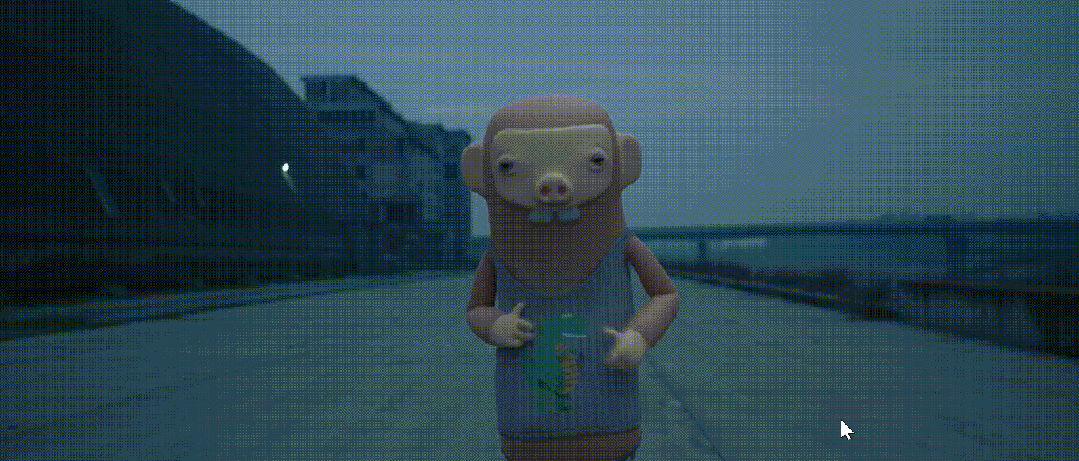Last year was the year of AI video explosion. In January 2023, there is no public text-to-video model. So far,AI VideoThere are dozens of generated products with millions of users. Let's review the development of AI-generated videos and noteworthy technologies and applications in the past year. It mainly includes the following aspects:
- Current AI video classification
- Generative AI Videotechnology
- AI video extension technology and applications
- Generative AI Video Outlook
-
Challenges of Generative AI Video
AI Video Classification

1. Text/Picture Generated Video

2. Video to video generation



3. Digital Humans

4. Video Editing Type







AI video extension technology and applications
"Photo Dance" - Animate anyone
Based on diffusion model + Controlnet related technologies

“Converting live video into animation”——DomoAI

AI Video Technology Outlook
"The future of unification?" - Transformer architecture
